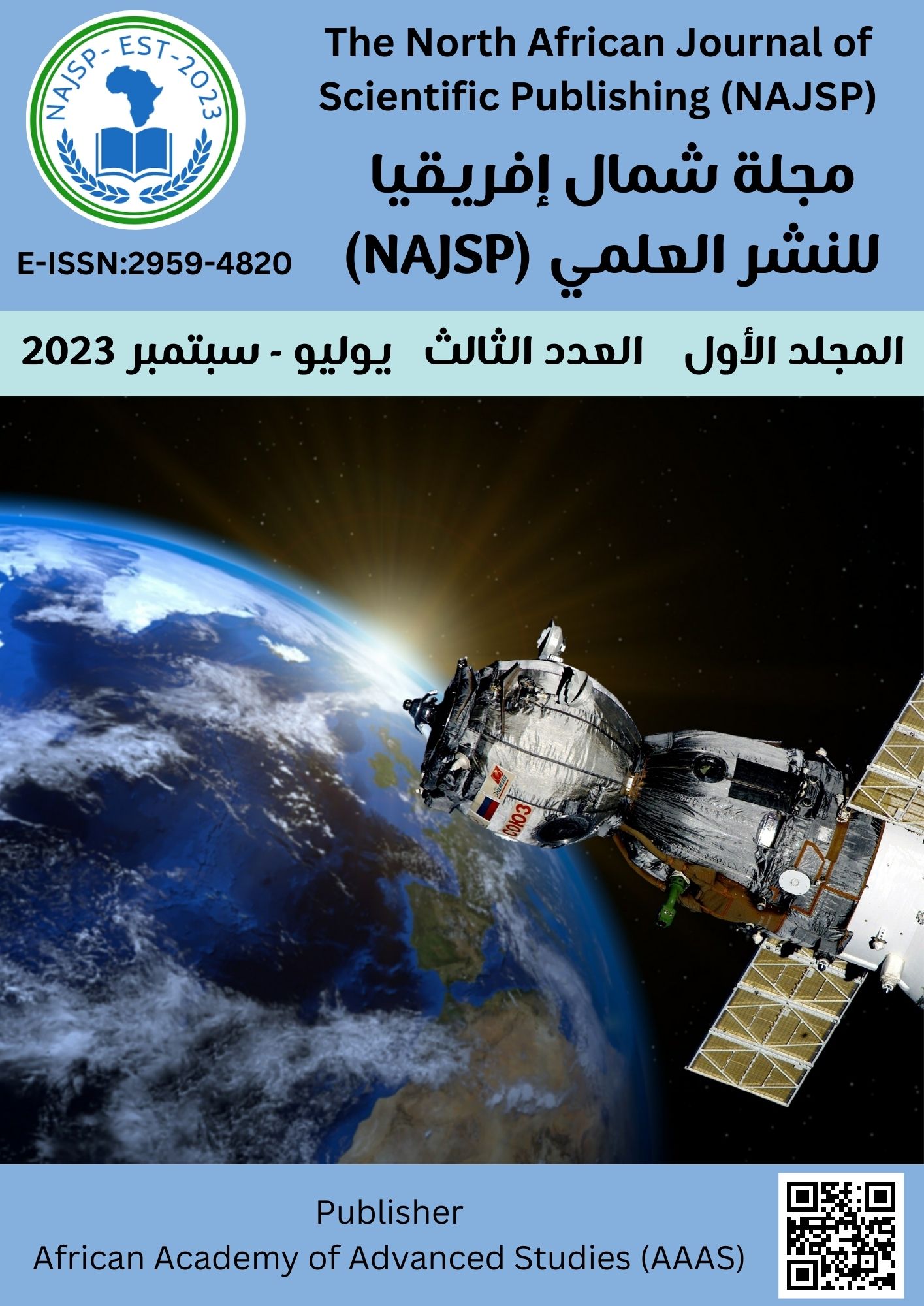Ondansetron's effect on the incidence of birth defects in the fetuses of pregnant albino mice Mus musculus
DOI:
https://doi.org/10.65414/najsp.v1i3.65Keywords:
Birth Defect, Fetuses, Pregnant Mice, OndansetronAbstract
Background: Ondansetron It is a 5-HT3 serotonin receptor antagonist that is used to prevent nausea and vomiting caused by cancer chemotherapy, radiotherapy, and surgery, as well as to treat nausea and vomiting during pregnancy, also known as morning sickness, is usual in the eighth week of pregnancy, with an average incidence rate of 80%, and disappears in the majority of pregnant women by the sixteenth week. Hyperemesis, an acute type of the disease, affects 1 in 200 to 300 pregnancies and is linked to dehydration and nutritional deficiencies. Objectives: The aim of this research is to see how ondansetron, a cure for nausea and vomiting, affects pregnant mice fetuses. Methods: The dosage of ondansetron 8 mg/kg B.W, prepared by dissolving it in 20 ml distilled water, 20 pregnant females were given the aquatic solution from the 7th to the 18th day of pregnancy. Results: There is a percentage of congenital abnormalities, with facial anomalies, spina bifida, cleft palate, limb, and tail deformities being the most common. The study also found that this drug has histological effects on the lung, represented by congestion, bleeding, and the occurrence of emphysema. Conclusion: Since pregnancy is such a vital period in a woman's life, she must be cautious when taking medications, like ondansetron, because research on it is rare.
Downloads
Published
How to Cite
Issue
Section
License
Copyright (c) 2023 Arwa Adress Alnuimy

This work is licensed under a Creative Commons Attribution 4.0 International License.







